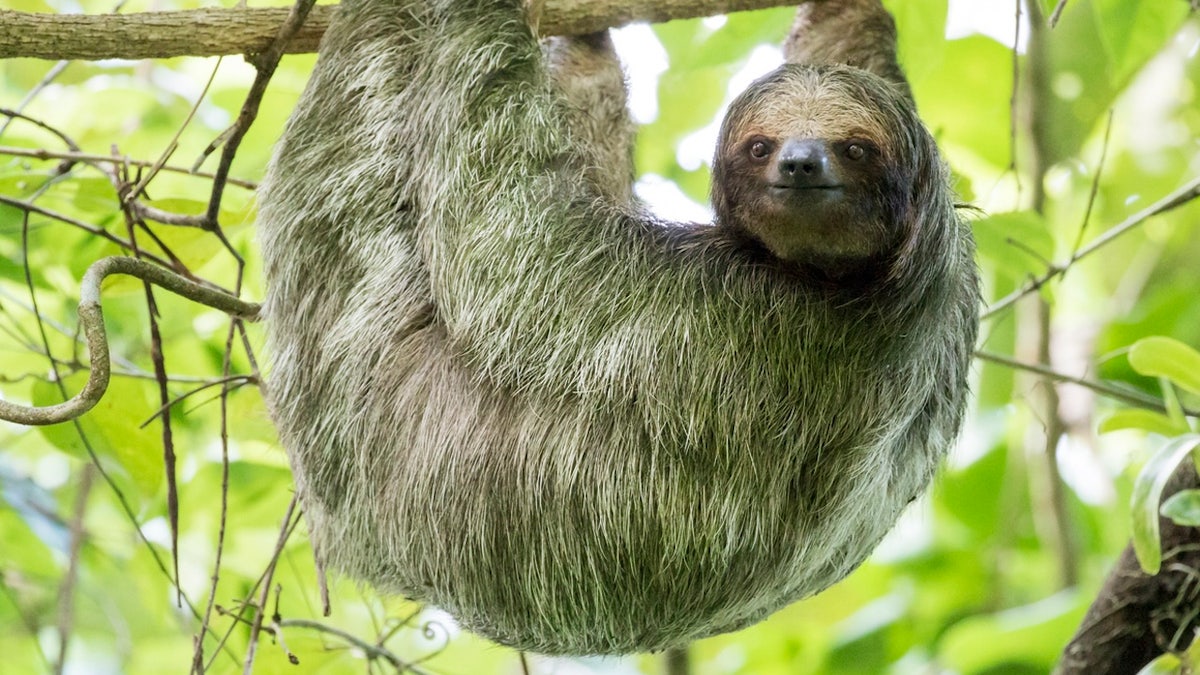Health officials warn that a mosquito-borne virus like Zika has made its way into Europe.
A bite from a mosquito or a midge can spread the Oropouche virus, and birds and sloths serve as hosts.
Health officials are on high alert due to Oropouche virus (OROV) cases that are rising in Europe.
By the end of July, the European Centre for Disease Prevention and Control had received reports of 19 cases, with 12 occurring in Spain, 5 in Italy, and 2 in Germany.
The U.S. Centers for Disease Control and Prevention (CDC) state that mosquitoes and midges—small flies, especially those of the Culicoides paraensis species—are the usual vectors of disease transmission.

Three-toed sloths and birds have been identified as “natural reservoirs” for the Oropouche virus, which means they act as hosts of the disease. (iStock)
Since its inception in Trinidad and Tobago in 1955, the Oropouche virus has had “limited circulation” in South American countries, notably forested ones.
Three-toed sloths and birds have been found as “natural reservoirs” for Oropouche, which means they host the disease.
“The virus does not travel from person to person,” Dr. Marc Siegel, a senior medical expert for Fox News and clinical professor of medicine at NYU Langone Medical Center, told Fox News Digital.

As of the end of July, 19 cases of the Oropouche virus had been reported in Europe, with 12 in Spain, five in Italy and two in Germany, per reports. (iStock)
On August 1, the Pan American Health Organization (PAHO) issued an epidemiological alert encouraging governments to “strengthen surveillance and implement laboratory diagnosis for the identification and characterization of cases possibly related with OROV infection.”
According to the PAHO, by the end of July, there were 8,078 confirmed cases of Oropouche virus in five countries: Bolivia (356), Brazil (7,284, including two deaths), Colombia (74), Cuba (74) and Peru (290).
“Experts fear that if the present outbreak of Oropouche fever spreads further, it might overwhelm South America’s already overburdened health care system,” according to an article published in The Lancet Infectious Diseases on August 8.

Symptoms of the virus include fever, headache, muscle aches, stiff joints and chills. (iStock)
The PAHO advisory also warned of virus transmission from pregnant women to their fetuses in Brazil.
“These cases are under investigation,” the CDC noted on its website, adding that the agency is collaborating with PAHO and “other international partners” to analyze the virus’s potential hazards during pregnancy.
Siegel stated, “There is some risk to the fetus in terms of birth abnormalities.”
Symptoms of Oropouche
According to the CDC, OROV, an arbovirus, is frequently mistaken for other related viruses such as Zika, dengue, chikungunya, and malaria.
Symptoms of the virus include fever, headache, muscle aches, stiff joints, and chills.

“Patients who develop more severe symptoms should be hospitalized for close observation and supportive treatment,” the CDC stated. (iStock)
Some people may get a rash on their torso that extends to other parts of their body.
Symptoms often appear four to eight days after biting and last three to six days.
“Symptoms might subside and recur,” Siegel stated.
The CDC noted that in severe situations, people may develop meningitis, encephalitis, or other “neuroinvasive” disorders.
These patients may experience strong headaches, dizziness, confusion, nausea, vomiting, light sensitivity, lethargy, stiff neck, and involuntary eye movements.
“Around 4% of people acquire [neurologic symptoms] after the first febrile episode,” Siegel explained.
Treatment and Prevention
The CDC indicated that the majority of patients who get Oropouche would recover on their own with no long-term complications.
“There are no immunizations for prevention and no therapies,” Siegel stated.
Experts believe that avoiding midge and mosquito bites is the most effective form of prevention.
“People are urged to take preventive measures, including the use of repellents, apparel that covers legs and arms, and fine mesh mosquito nets, as well as to take extra precautions during outbreaks, particularly for vulnerable groups such as pregnant women,” the PAHO stated in its notice.
Rest, water, and drugs to lower fever and pain are all examples of supportive care.
“Patients with more severe symptoms should be hospitalized for careful monitoring and supportive care,” the FDA advised.
The CDC recorded “relatively few” deaths from Oropouche.
Those with symptoms and risk factors should contact their local health department for testing.
“Clinicians in these places where importation has occurred may be unfamiliar with this virus and should be aware of its likelihood,” Dr. Amesh Adalja, M.D., a specialist in infectious diseases at the Johns Hopkins Center for Health Security in Baltimore, told Fox News Digital.
Please Share this informative Article with your Friends.
SOURCE

Facebook Comments